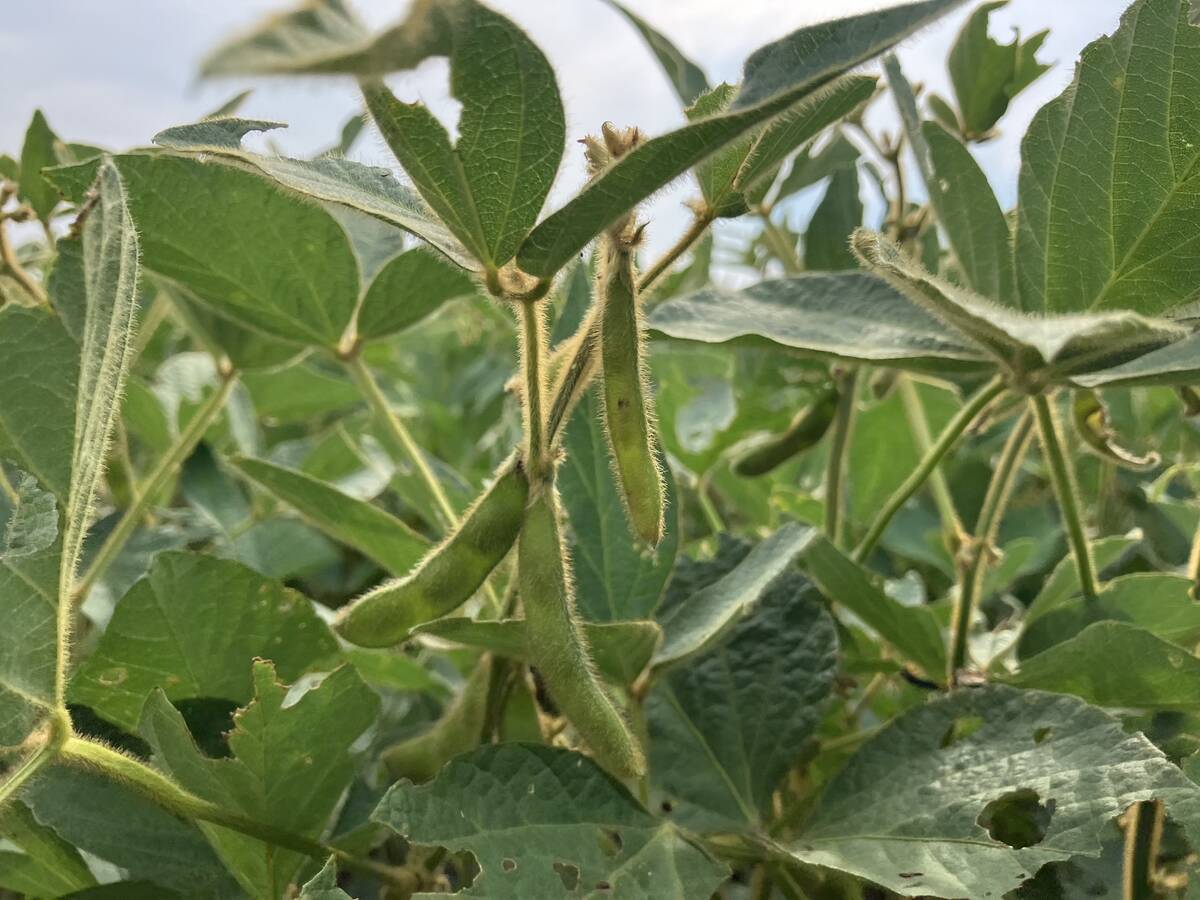The trouble with complex calculations is that it’s hard for non-mathematicians to follow them. That’s the best face that can be put on general failure to question United Nations figures on livestock emissions.
Last week the UN Food and Agriculture Organization admitted its figures might be wrong when it said worldwide livestock production generates more greenhouse gas than does worldwide transportation.
That assertion never seemed possible, considering the vast amount of emissions created by the vast amount of cars, trucks, buses, trains and planes the world over. Maybe it didn’t make sense to you either, but without access to all the data used in the calculations, its difficult to dispute the result.
Read Also

U.S. soy farmers hold bad hand in rigged game
More tariffs, an unlimited peso bailout, a government shutdown, no plan for federal assistance — and farmers are holding a bad hand in a rigged game where the rules change every day.
Now the FAO says it will revisit its 2006 study, entitled Livestock’s Long Shadow, to check its accuracy.
The potential flaw in the study was revealed by Frank Mitloehner, a professor in the animal science department at the University of California, said meatingplace.com. He presented a paper that was prepared using a $26,000 research grant from the beef checkoff organization in the United States.
So, on the one hand we question the FAO study. On the other hand, we might also question the conclusion of Mitloehner’s study, considering who paid his bill.
Either way, the FAO study needs closer examination before policies and practices are put into place that limit livestock production based on questionable data.














